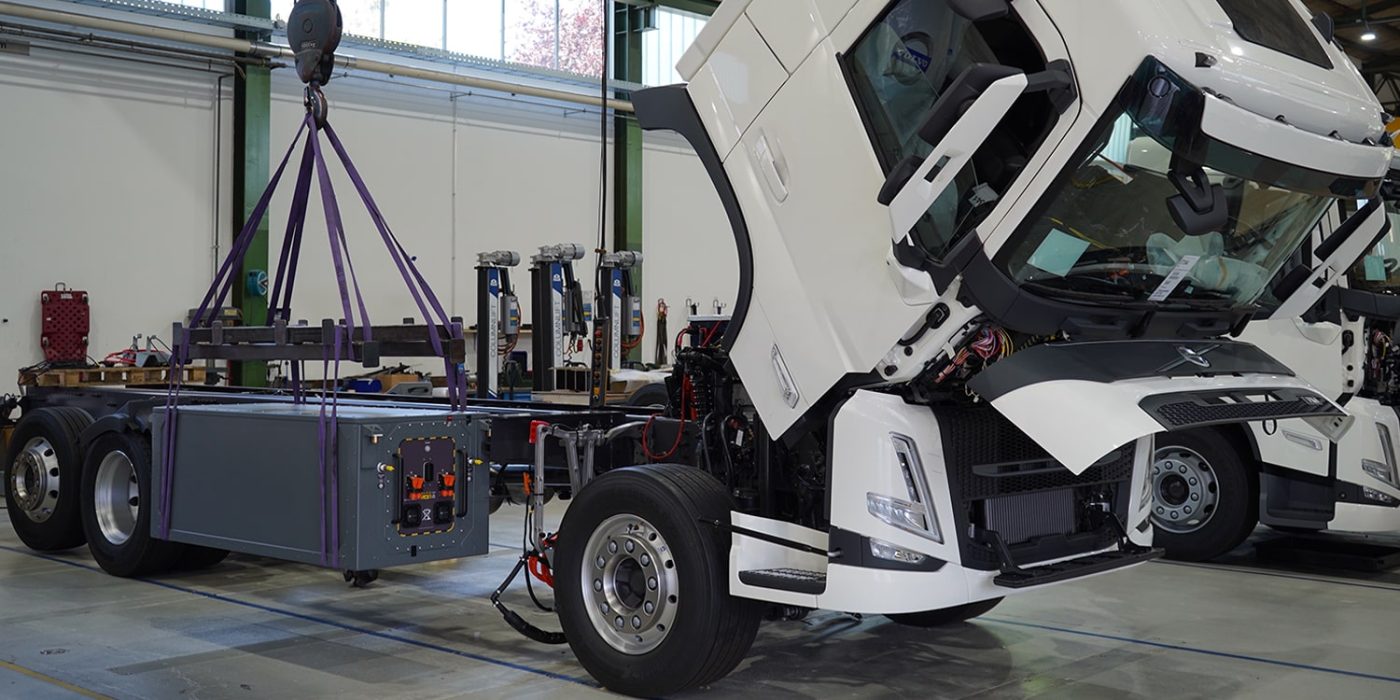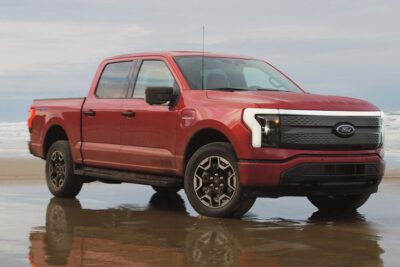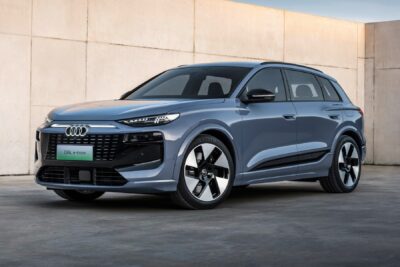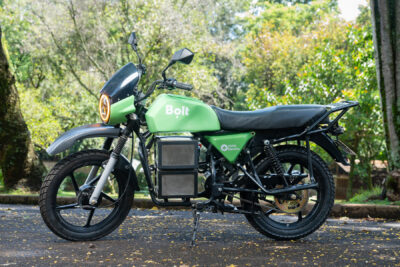Designwerk reveals LFP cell technical data
Swiss eMobility specialist Designwerk has confirmed using LFP battery cells in an electric truck from next year. In the meantime, Designwerk has also published the first details about the battery and the vehicle in which the LFP battery will be offered.
At the end of March, Thomas Prohaska, Product Manager of Battery Systems at Designwerk, had already announced the use of the lithium iron phosphate cells in his presentation at our sister publications’ online conference “electrive.net LIVE“. “We see that the increase in energy density on LFP is increasing rapidly. Therefore, it makes sense to rely on LFP for trucks as well,” Prohaska said. The number of cycles and costs per kilometre speak in favour of lithium iron phosphate technology – service life and operating costs are known to be extremely important in the truck sector.
Now there are new details: the LFP cells with an energy density of 141 Wh/kg will be installed in Designwerk batteries with a capacity of 170 kWh of energy from the beginning of 2024. This battery system will power the High Cab Semi Lowliner 4x2T. According to Designwerk, the lower overall height of the smaller LFP battery should allow it to be used in the Lowliner, “which enables up to 15 per cent higher volume capacity or a third level of cage pallets for automotive applications and is primarily used in distribution transport with a shorter range”.
Two of these LFP battery systems are installed in the vehicle, giving an installed battery capacity of 338 kWh, of which 311 kWh is usable, according to the datasheet. This should allow a range of up to 250 kilometres. The 2.4-tonne battery can be charged with up to 150 kW; a charging process from ten to 80 per cent should take 1.5 hours. For overnight charging, 44 kW AC is sufficient; a complete charging process is possible in 7.0 hours. With 22 kW AC, it takes 14.1 hours.
Designwerk first presented the High Cab as a low liner with an electric drive in September 2022 but used NMC batteries. The lowered tractor unit is based on a Volvo FH chassis. The High Cab Lowliner 4x2T has a fifth-wheel height of at least 937 millimetres. This provides the vehicle with a three-metre clear interior loading height. The unladen weight of the 40-tonne vehicle with an LFP battery is 9,550 kilograms.
Back to the new battery: compared to NMC cells, LFP cells do not require critical materials such as nickel, cobalt or manganese. Designwerk cites the high number of charging cycles and the long service life as further advantages in the press release. “With LFP cells, we expect the end of life after at least 3,000 cycles, with NMC cells it is reached after about 2,000 cycles,” Prohaska says, according to the release. “So with LFP, the maximum mileage for the vehicle is significantly higher.” This means that even with smaller capacities, the technology fulfils the exact longevity requirements as comparable to conventional powertrains with combustion engines.
Companies in long-distance transport logistics that rely on the highest energy densities due to the required range will continue to receive high-voltage battery systems with nickel-manganese-cobalt cell technology (NMC) from Designwerk. If a long-range and lower battery weight are needed, NMC technology is still necessary. “They guarantee a very high energy density,” says Prohaska. As reported, the latest generation of Designwerk models has a capacity of up to 250 kilowatt-hours and an energy density of 181 Wh/kg. Depending on the vehicle, up to four of the 250-kWh systems can be installed, resulting in a 1,000-kWh battery. “Ranges of up to 570 kilometres and daily ranges of more than 900 kilometres are thus realistic. This puts us at the forefront of the industry,” says Markus Erdmann, Product Manager E-Trucks at Designwerk.
Designwerk manufactures both high-voltage battery systems at its Swiss plant in Winterthur. The respective modules from the automotive industry consist of several cells that store and release energy. The overall system comprises a housing with thermal insulation to protect the battery modules from the outside world. Cooling plates are used to keep the modules within their ideal temperature range. Protective functions are ensured due to the battery management system (BMS), which is optimally tailored to the chemistry, permanently monitors the entire system, and communicates with the higher-level system.
Source: Info via email, press-n-relations.com (in German)






0 Comments